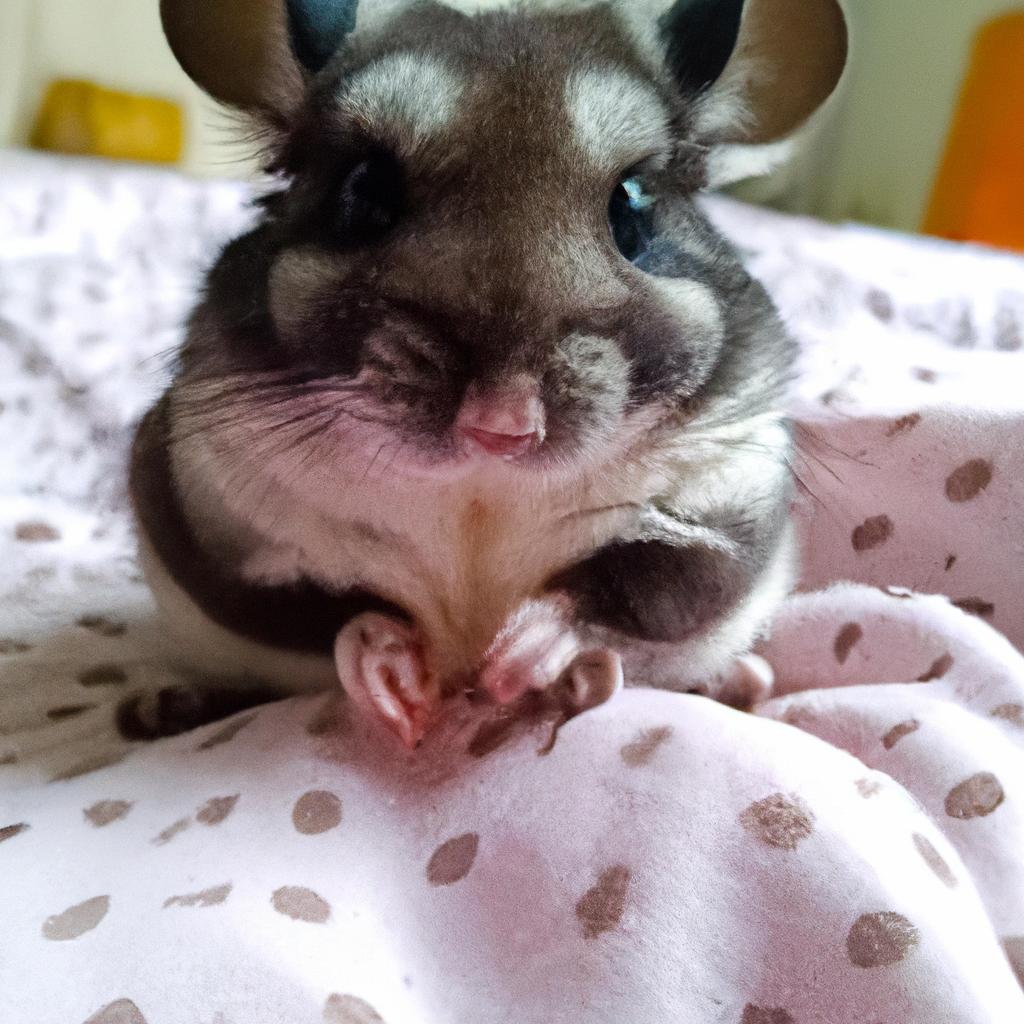Looking for a small pet that’s perfect for kids? Check out our guide to The Best Small Pets for Kids! Learn about the top options and how to choose the right one.
As parents, we always want the best for our children. When it comes to pets, we want to ensure that our kids can have a loving companion that is safe, easy to take care of, and teaches them a sense of responsibility. Small pets are one of the best options for kids as they are low maintenance, require minimal space, and are generally easy to handle. In this article, we’ll explore the best small pets for kids and the criteria to consider when choosing the perfect pet for your child.
Criteria for Choosing Small Pets for Kids
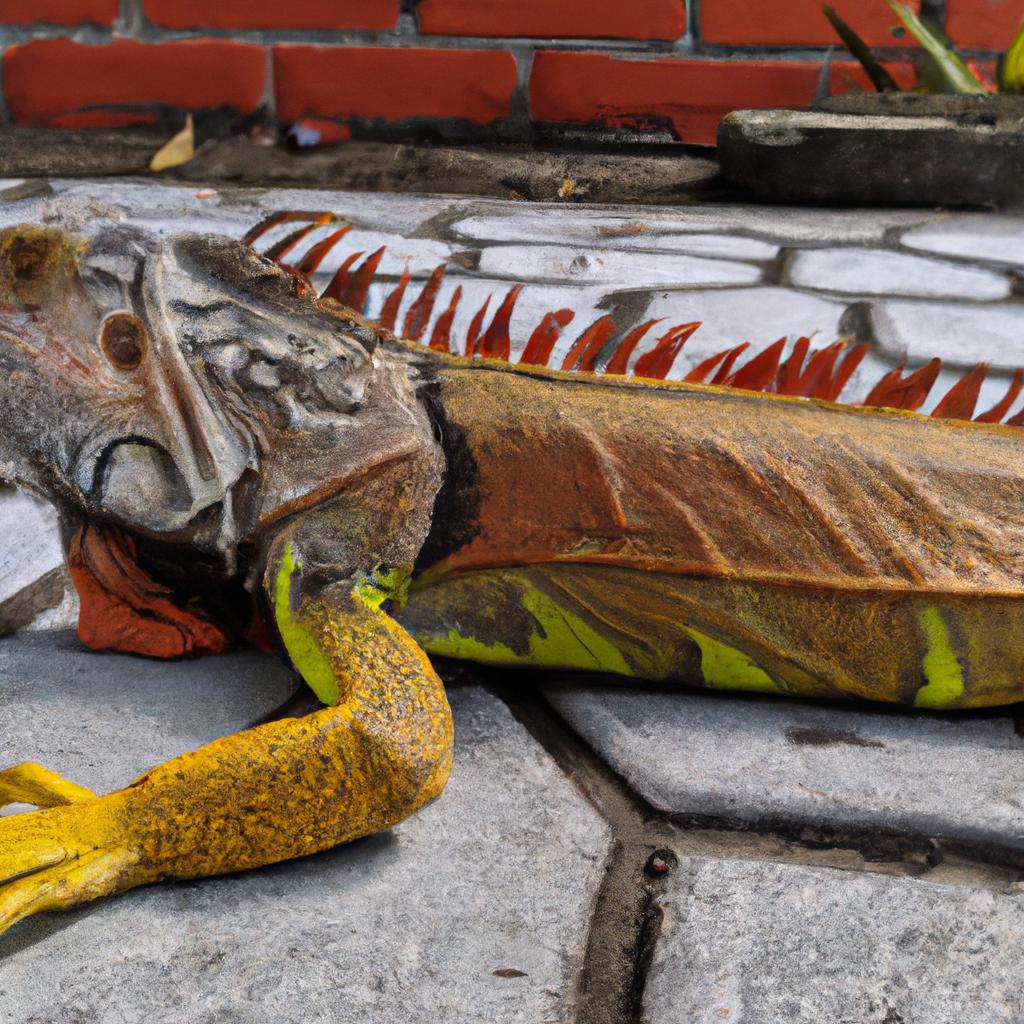
Before diving into the best small pets for kids, it’s important to understand what characteristics make a pet suitable for children. Here are some factors to consider when choosing the best small pet for your child:
Size and Ease of Handling
Small pets are generally easy to handle, but some are easier than others. Consider the size of the pet and whether your child can handle it without assistance. Pets like hamsters, guinea pigs, and rabbits are great options for kids as they are small and easy to handle.
Temperament and Compatibility with Children
It’s important to choose a pet that has a good temperament and is compatible with children. Some pets, like chinchillas, can be skittish and may not be the best fit for kids. On the other hand, pets like rats are known for their social nature and make great companions for children.
Longevity and Lifespan
Consider the lifespan of the pet and whether your child is ready for the long-term commitment. Some small pets, like hamsters, have a shorter lifespan of around 2-3 years, while others, like rabbits, can live up to 10 years or more.
Maintenance and Care Requirements
Different pets require different levels of care and maintenance. Consider whether your child is ready to take on the responsibilities of feeding, cleaning, and caring for the pet. Pets like guinea pigs and rabbits require daily feeding and cleaning, while pets like fish may require less maintenance.
Top Small Pets for Kids
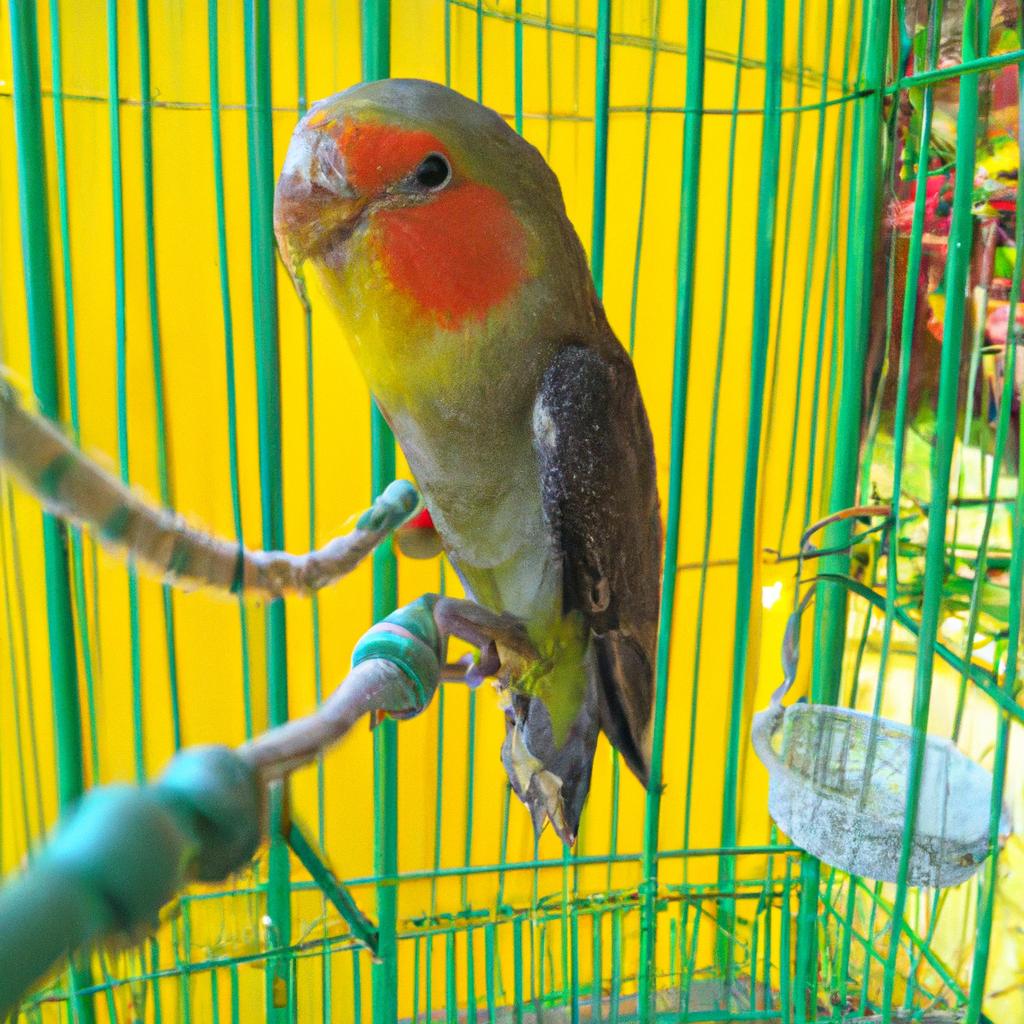
Now that we’ve discussed the criteria for choosing small pets for kids, let’s dive into the top small pets for kids. Here are some of the best options:
Hamsters
Hamsters are a popular choice for kids as they are small, cute, and easy to handle. They are low maintenance and can live in a small cage. However, they are nocturnal, which means they are most active at night and may not be the best fit for kids who want to interact with their pet during the day.
Guinea Pigs
Guinea pigs are social animals and make great companions for kids. They are easy to handle and have a docile temperament. They require daily feeding and cleaning but are generally low maintenance. Guinea pigs also have a longer lifespan of around 5-7 years, which makes them a great long-term pet for kids.
To be continued
Top Small Pets for Kids (continued)
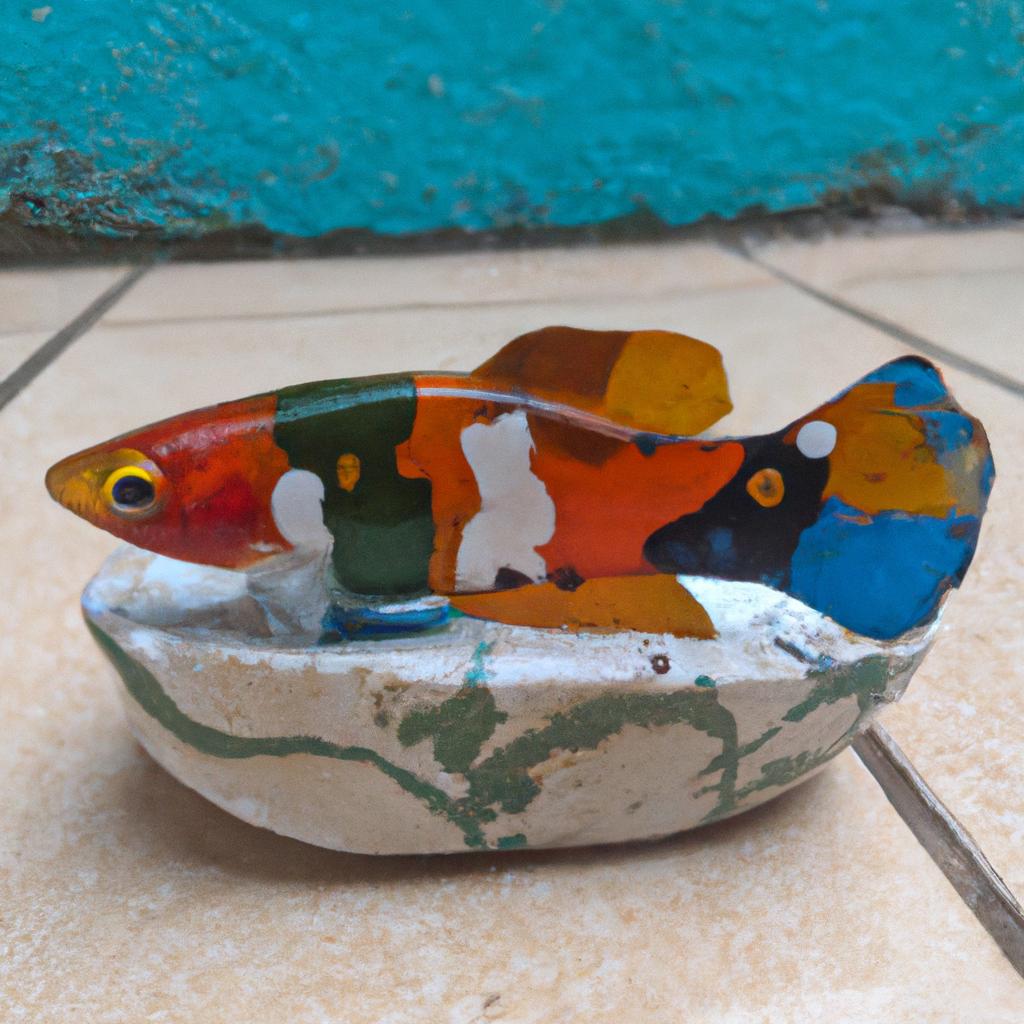
Rabbits
Rabbits are adorable and make great pets for kids. They are sociable and can be trained to use a litter box. However, they require more space than other small pets and need daily exercise. They also have a longer lifespan of around 8-12 years, which means they are a long-term commitment.
Rats
Rats are intelligent and social animals that make great pets for kids. They are easy to handle and can be trained to do tricks. They require daily feeding and cleaning but are generally low maintenance. Rats also have a longer lifespan of around 2-3 years, which makes them a great short-term pet for kids.
Fish
Fish are a great option for kids who want a pet but may not be ready for the responsibility of feeding and cleaning. They are low maintenance and require minimal space. However, they are not interactive pets and may not provide the same companionship as other small pets.
Advantages and Disadvantages of Each Small Pet
Each small pet has its advantages and disadvantages when it comes to being a good pet for kids. Hamsters and guinea pigs are low maintenance and easy to handle, but they may not be the best fit for kids who want to interact with their pet during the day. Rabbits and rats are sociable and intelligent, but they require more space and have a shorter lifespan. Fish are low maintenance, but they are not interactive pets.
Tips for Taking Care of Small Pets for Kids
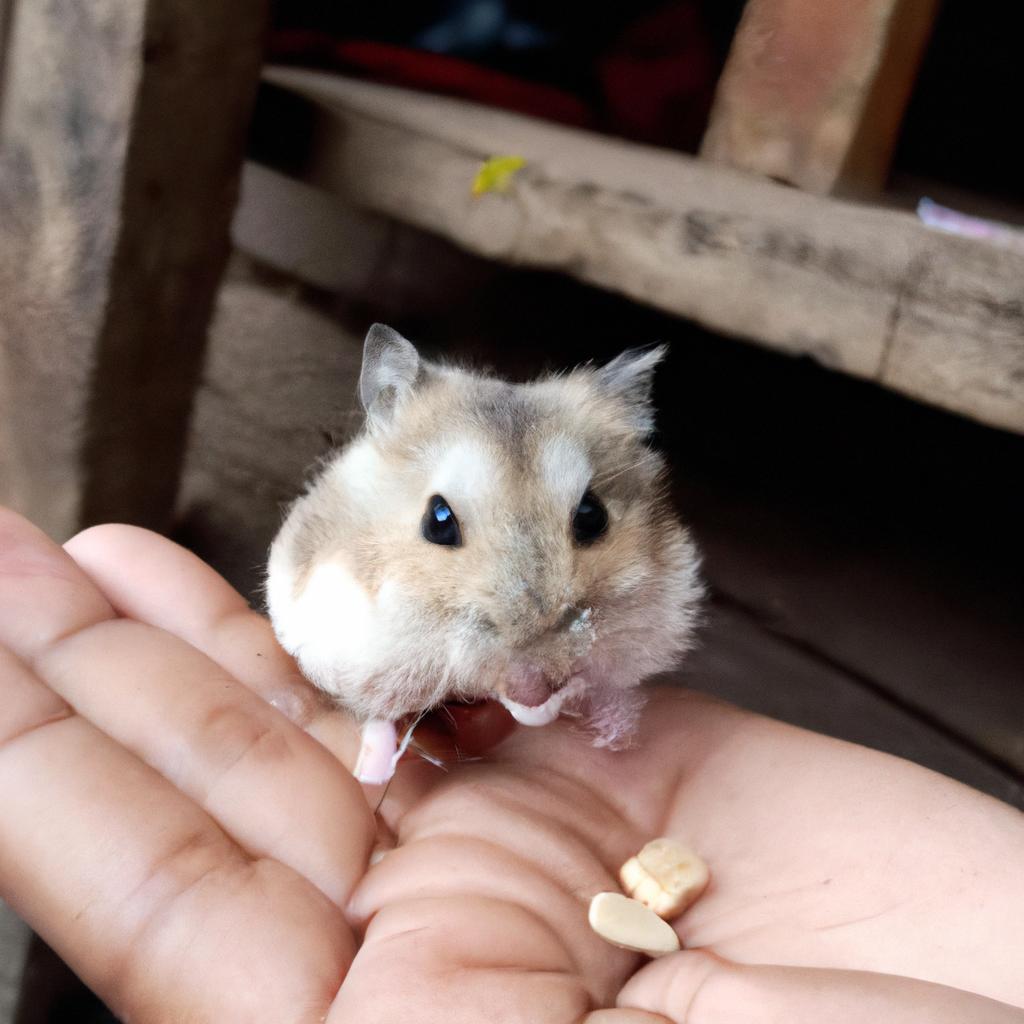
Taking care of a pet is a big responsibility, and it’s essential to teach your child how to care for their new companion properly. Here are some basic care tips for each small pet:
Hamsters
Hamsters require a clean cage, fresh water, and a balanced diet of pellets and fresh fruits and vegetables. They also need toys and exercise equipment to keep them mentally and physically stimulated.
Guinea Pigs
Guinea pigs require a clean cage, fresh water, and a balanced diet of hay, pellets, and fresh fruits and vegetables. They also need toys and exercise equipment to keep them mentally and physically stimulated.
Rabbits
Rabbits require a clean and spacious cage, fresh water, and a balanced diet of hay, pellets, and fresh fruits and vegetables. They also need daily exercise, which can be achieved through supervised playtime outside of their cage.
Rats
Rats require a clean cage, fresh water, and a balanced diet of pellets and fresh fruits and vegetables. They also need toys and exercise equipment to keep them mentally and physically stimulated. Rats are also social animals and should be kept in pairs.
Fish
Fish require a clean aquarium, filtered water, and a balanced diet of fish food. It’s important to monitor the water temperature and pH levels consistently and perform regular water changes to keep the aquarium clean.
Safety Precautions for Kids when Handling Small Pets
It’s important to teach your child how to handle their pet safely to prevent any accidents or injuries. Here are some safety precautions to keep in mind:
- Always supervise your child when handling their pet
- Teach your child to approach the pet slowly and calmly
- Show your child how to hold the pet properly and support their body
- Teach your child to wash their hands before and after handling their pet
- Keep small pets away from young children who may accidentally harm them.
To be continued
Importance of Teaching Kids Responsibility
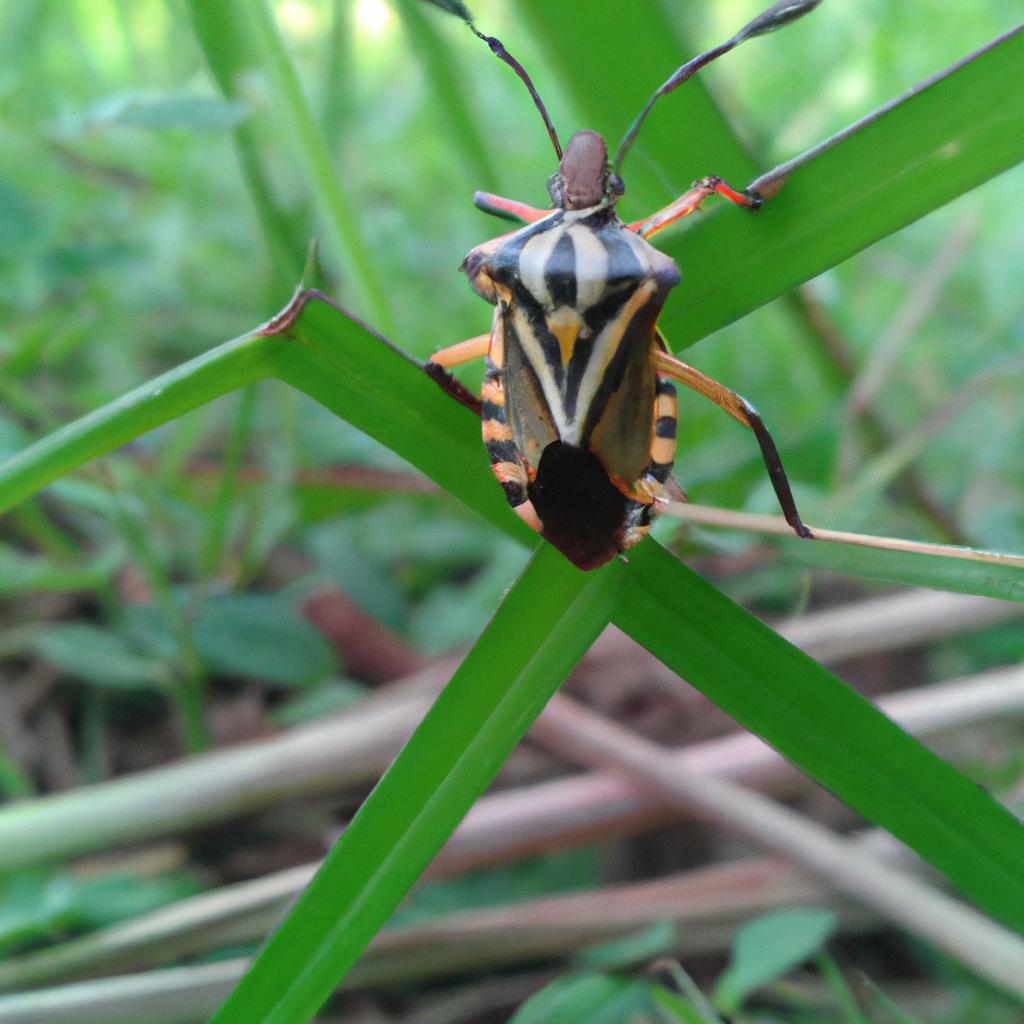
Having a small pet can be a great way to teach kids responsibility. When kids have a pet, they learn the importance of caring for another living being and the consequences of their actions. Here are some ways having a small pet can teach kids responsibility:
Feeding and Care
Kids can learn the importance of feeding and caring for their pet. They can learn how to measure the right amount of food, clean the cage or tank, and provide fresh water daily. This helps to teach them the importance of consistency and routine.
Time Management
Having a pet can also teach kids time management skills. They need to make time to feed and care for their pet, which helps them to learn how to manage their time effectively.
Empathy and Compassion
Caring for a pet can also teach kids empathy and compassion. They learn how to be gentle and patient with their pet and how to understand their pet’s needs and emotions.
As parents, it’s important to encourage your child to be a responsible pet owner. Here are some tips:
- Set clear expectations and boundaries for your child’s responsibilities.
- Supervise your child’s interactions with the pet and teach them how to handle the pet gently.
- Encourage your child to ask questions and learn more about their pet.
- Praise and reward your child for their efforts and successes in caring for their pet.
Conclusion
In conclusion, small pets are a great option for kids as they are low maintenance, require minimal space, and teach kids responsibility. When choosing a small pet for your child, consider the size and ease of handling, temperament and compatibility with children, longevity and lifespan, and maintenance and care requirements. Some of the best small pets for kids include hamsters, guinea pigs, rabbits, rats, and fish. Having a small pet can teach kids responsibility and important life skills like time management, empathy, and compassion. As parents, it’s important to encourage our children to be responsible pet owners and to enjoy the companionship and joy that small pets can bring into our lives.
TooLacks hopes that this article has been helpful in guiding you towards the best small pet for your child. TooLacks is committed to providing valuable information and resources to help you make informed decisions for your family.
